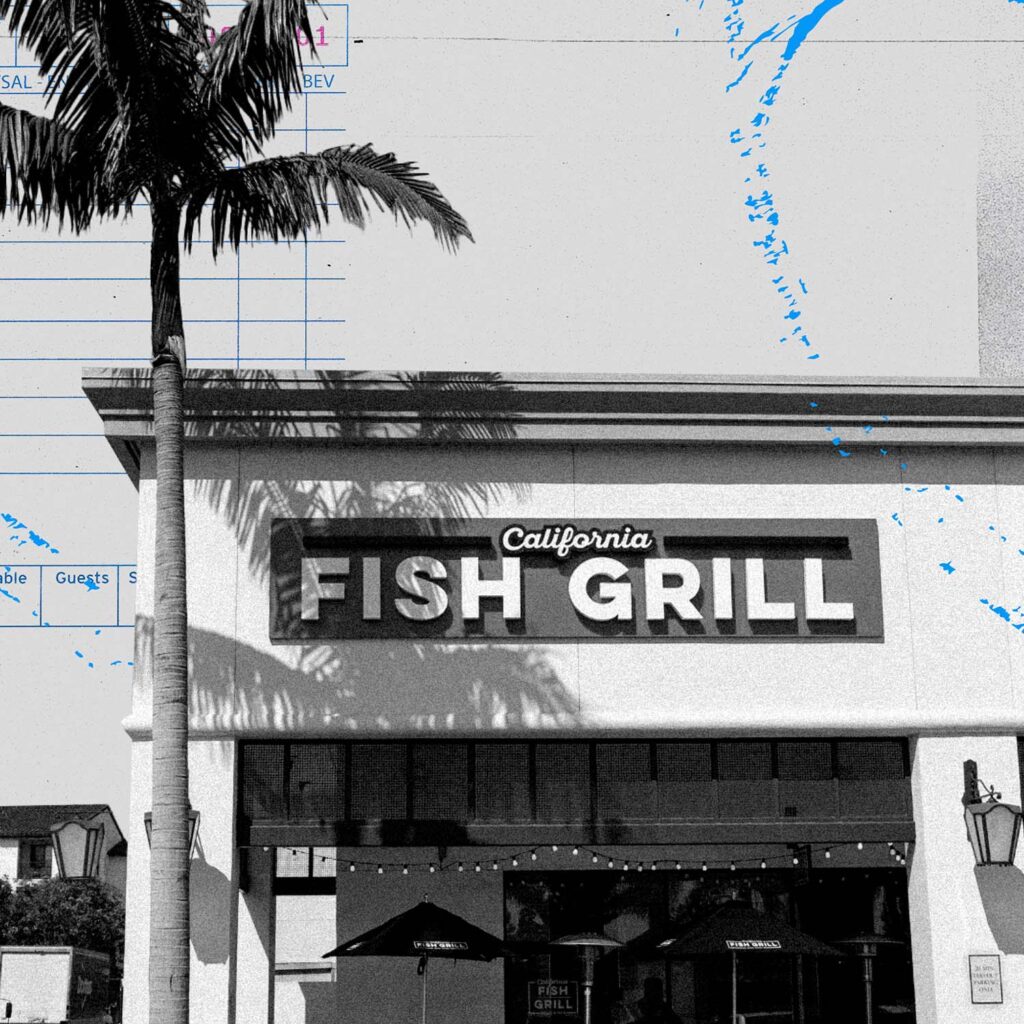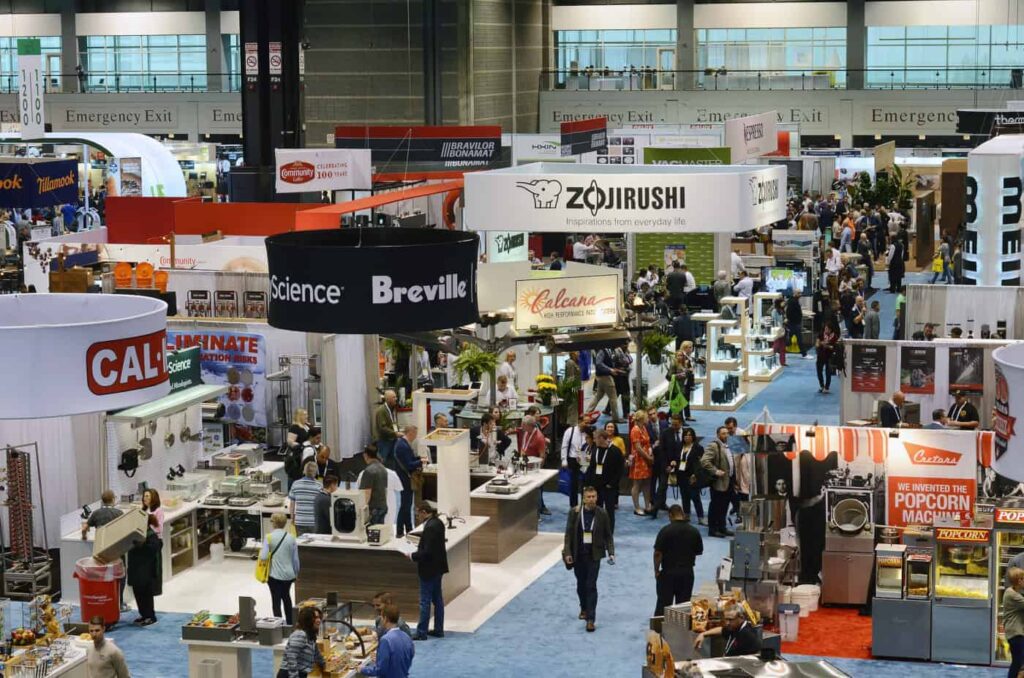As a store-level manager, you always have a lot on your plate. You’re tracking deliveries, making the most of your food budget, and ensuring your staff is prepared to serve customers.
However, in between all these tasks, it is critical to devote time and energy into accurate and consistent inventory management. Inventory management tracks what’s going in and out of your restaurant for a specific period, and what product is in your restaurant at any given time.
The data from inventory management can help you place more accurate orders, calculate exact food costs, make informed menu changes, and address potential sources of food waste. Inventory control is a key piece of your food cost and, ultimately, the profit margin for your restaurant location.
Inventory management is a powerful tool for your day-to-day operations, but only if you use it correctly. How can you best approach restaurant inventory management? Let’s dive into some helpful tips.
Use an inventory management system that integrates with your POS system
Inventory management tracks everything from fresh produce to dry goods, from liquor to linens. Keeping track of these many moving items can be difficult.
If your restaurant inventory management system is fully integrated with your point of sale (POS) system, you can streamline and automate as much of the inventory process as possible. Your inventory system can automatically pull sales information to track theoretical inventory. In addition, POS integration can automate steps like uploading invoices, auto-updating ingredient prices, and tracking recipes.
Your POS data can help streamline a large part of inventory management. However, it doesn’t account for potential real-life areas of inventory waste, like portioning mistakes, kitchen waste, or server errors. The other part of inventory relies on manually counting inventory quantities and tracking ingredient usage by hand.
Despite the parts of inventory that need to be done manually, automating every phase of the process possible with your POS integration can minimize the number of additional tasks, saving time and avoiding errors.
Create a regular schedule for manual counts
To ensure that inventory information is useful, consider implementing a regular counting routine. Generally, the more frequently you count inventory, the better it can inform your ordering and other food-related decisions. Doing it consistently on the same day at the same time can generate useful, comparable numbers.
However, as a store-level manager, you may not have time to oversee an inventory count as often as you’d like. If that’s the case for your restaurant, you can strategically use “micro” inventory counts more regularly.
In general, many restaurants find that about 20% of inventory items make up 80% of cost of goods Sold (CoGS). The exact numbers may vary, but the underlying trend is the same: a small portion of your items will make up a disproportionate amount of your food cost. This may be your more expensive proteins, or certain fresh items that can spoil if not used quickly.
If your team is too busy to count all inventory on a weekly basis, you can still implement weekly inventory tracking for special items. This can look like counting the more expensive items once or twice a week and doing a full inventory count on a monthly basis. By strategically designing an inventory count schedule, you can still have a measurable impact on your food costs.
Record what, how, why, and who of waste
It’s hard to fix what you can’t see. Kitchens are busy places, and you may not be able to take the time to notice what is contributing to food waste in the middle of service.
Using a tool like a food waste log can help you record sources of waste in the moment to analyze later. Consider creating a form that captures the “what, how, why, and who” of food waste. It can be as simple as a spreadsheet hanging on a clipboard in the kitchen or an accessible digital document staff can pull up on a mobile phone.
Some food waste is inevitable in a fast-paced kitchen. But by tracking it in the moment, you have the data you need to spot recurring sources of waste and develop a strategy to address any root causes. With this information in hand, you are well-positioned to implement new training or policies.
Manage the shelf life of your inventory
For restaurants, much of inventory comes with a limited shelf life. Ingredients may all have different periods of peak freshness that managers need to take into consideration.
You can reduce food costs by using careful inventory management to minimize the risk of ingredients spoiling or getting too old. By using current inventory information to order at appropriate levels (explored below), you can minimize the amount of excess ingredients you keep on hand at your restaurant. As the saying goes, if it’s not on your shelf, you can’t waste it.
To manage shelf life of all ingredients, store-level managers should also focus on training staff on foundational concepts like First In, First Out (commonly referred to as FIFO in the industry).
FIFO inventory ensures older inventory is used before new inventory, and ingredients are kept fresh. Almost all store managers are familiar with the concept of FIFO, but it requires consistent effort to implement. Whether you add in additional staff training or create new storage systems that make restocking easier, setting up a strategic organization system can help you proactively manage ingredient shelf life.
Make CoGS review a daily routine
Data related to your CoGS can reveal trends in inventory usage and your general spending. Your inventory data can paint the picture of your daily inventory consumption, popular or expensive ingredient usage, and food cost trends over time.
To stay on top of trends, issues, or potential problems, you need to review CoGS frequently — daily, if possible.
Smart operational decisions are fueled by up-to-date information. Reviewing your CoGS frequently allows you to take advantage of the large amount of data being generated by your restaurant inventory management software, every day.
Forecast to order correctly
Forecasting is a valuable tool for restaurant managers because it provides a data-driven glimpse into the future. Restaurant sales forecasting draws from historical sales data in a similar period to project future sales. It is an informed estimate that uses past sales data to understand current sales trends.
Track usage and yield on your food items
Your POS integration and restaurant inventory reports track data about invoice prices, recipes, and sales. By leveraging this information, you can automatically calculate usage and yield of individual ingredients across menu items.
An accurate, up-to-date understanding of usage and yield can apprise other valuable restaurant management tools, such as recipe costing and menu engineering. You can make smarter decisions on everything from what promotions can help improve CoGS to where you can be more efficient with your food costs.
Understanding usage and yield data can also help you see how your store location compares to other stores. By comparing across the restaurant group, you can better understand where you may need to bump up training or address a source of food waste.
Track and troubleshoot actual vs. theoretical food cost variances
Your actual vs. theoretical food cost variances can help point you in the right direction on how to improve your CoGS.
Your theoretical food cost is your hypothetical food cost, given sales and current ingredient cost. Your actual food cost represents how much you really spent on the same ingredients, given real-world factors like kitchen waste, imperfect portioning, or invoice mistakes.
Comparing your actual vs. theoretical (AvT) costs reveals a variance that represents a leak in your profit margin. This tool can point you to the source of the largest amount of food waste, allowing you to address issues at the core. AvT troubleshooting is an extremely helpful way to apply inventory information to make practical changes.
Train your staff on inventory control
Restaurant inventory management relies on consistent everyday actions from store-level staff. As store manager, you lead staff by example. You are the one to champion reducing food cost through concrete actions in inventory management.
Inventory control spans a wide range of best practices. Your staff should be trained on habits like proper first-in/first-out (FIFO) storage, as well as proper training on how to avoid waste and over-portioning. If you are leveraging waste logs, additional training may be needed to create the habit for employees. Other training can focus on proper storage techniques, how to prevent cross-contamination, or portion control. You may also consider implementing goals, like decreasing certain AvT variances, that can inspire a group effort or spark motivation.
Whatever strategies you choose, regular communication is key. Your staff should understand why inventory control matters, and what they need to do to achieve restaurant goals.
Regularly review inventory reports
Finally, as a store-level manager, you should be regularly leveraging your operations reporting tools to make strategic decisions about your food costs.
Your POS, inventory management system, accounting system, and other restaurant management tools are constantly generating data. However, data is only useful if it is reviewed, analyzed, and applied.
Restaurant inventory reports are an overview of what is happening with your food cost. Proactively reviewing them on a regular basis allows you to better address issues before they become drawn-out, costly trends.
And especially if you are implementing various initiatives or new solutions to control your inventory or food cost, reviewing inventory reports can help you understand your impact in real time.
Conclusion
Store-level managers have an enormous impact on the success of restaurant inventory management. And because inventory control is such a key part of a successful restaurant, it should be a priority for store-level managers. With these tips in hand, you’re ready to improve your systems and processes, step-by-step.
If you would like to easily track data and gain insight into your operations to increase efficiency and boost profits, consider a comprehensive, restaurant-specific management solution. Restaurant365 incorporates restaurant accounting software and restaurant operations software into an all-in-one, cloud-based platform that includes inventory control, scheduling, payroll and HR. It also includes tools for financial reporting, operational reporting, and more.



